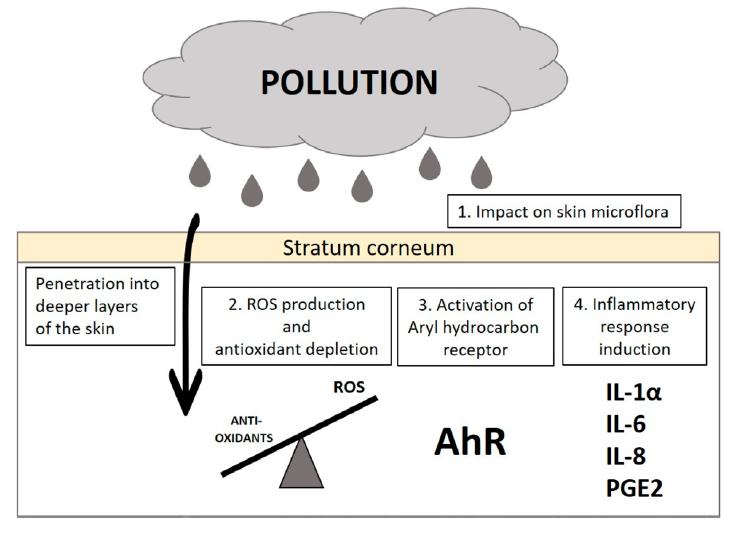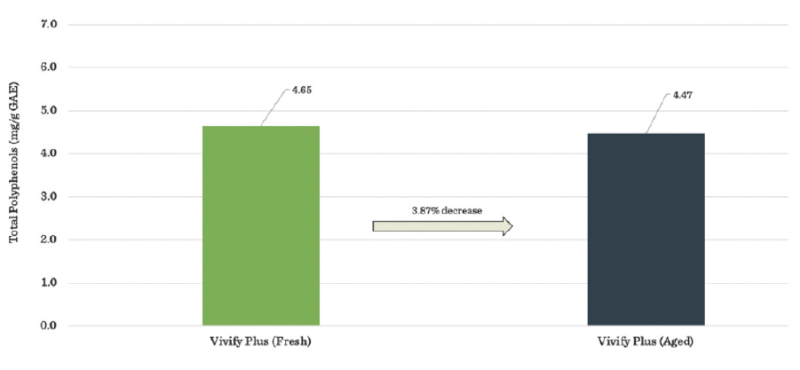Knowde Enhanced TDS
Identification & Functionality
- INCI Name
- Ingredient Origin
- Cosmetic Ingredients Functions
- CAS No.
- 64-17-5
- EC No.
- 200-578-6
- Technologies
Features & Benefits
- Benefit Claims
- Labeling Claims
- Product Background
Aloe ferox harvesting in the cape of South Africa, is done in winter, thereby ensuring that the plant is reserved for the next season. The standard method of harvesting is manual leaf cutting. Only 10 to 15 of the lower leaves of an adult Aloe ferox plant is harvested once a year and the leaves are cut with a sickle as close to the stem to ensure the most sustainable harvesting.
Sustainable and wild harvested, Myrothamnus flabellifolia, occurs naturally in the northern half of South Africa as well as in other parts of southern Africa (Namibia, Kenya and Malawi). It is desiccation tolerant in that it can lose up to 95% of its cellular water and exist in an air-dry state until water is once again available. Upon rehydration, the cellular metabolism returns to normal and the dry leaves once again become green and begin photosynthesizing. Although desiccation tolerance is common in seeds, it is an extremely rare phenomenon in vegetative plant tissues and only a handful of plants have been found to have evolved this ability.
Applications & Uses
- Markets
- Applications
Properties
- Physical Form
- Appearance
- Dark brown liquid
- Odor
- Ethanolic, slightly woody
- Dispersible in
- Water
- Typical Properties
- Microbiological Values
| Value | Units | Test Method / Conditions | |
| pH | 5.25 - 6 | — | — |
| Refractive Index | 1.4 - 1.43 | — | Refractometer |
| Specific Gravity | 1.02 - 1.04 | — | U.S Standard Cup |
| Value | Units | Test Method / Conditions | |
| Total Aerobic Microbial Count | max. 100 | — | PCPC M-1 |
| Total Yeast & Mold Count | max. 100 | — | PCPC M-1 |
| Pathogens | Not detected | — | PCPC M-2 |
Regulatory & Compliance
- Certifications & Compliance
Technical Details & Test Data
- Environmental Protection
Skin cells have built-in defense mechanisms to offset the negative impact of reactive oxygen species (ROS). Common environmental pollutants, like NIST1649B, deplete the antioxidant enzymes in the epidermis. They also reduce the content of other antioxidants substances such as ascorbic acid, tocopherol, or glutathione. As a result, the redox balance is disturbed, causing oxidative stress and damage to the skin cells. Accumulated ROSs react with the skin lipids, initiating the lipid peroxidation, due to which the permeability of the skin barrier is disturbed.

- Protective effect of Vivify™ Plus from Urban Dust-induced Oxidative Stress

Figure 1: Bar graph representing Reactive Oxygen Species (ROS) levels normalized to control urban dust (UD), after 24 hours of treatment in human HaCaT keratinocytes with Vivify Plus and subsequent exposure to urban dust NIST1649B (200 μg/ml)for 6 hours. Asterisks (*) overbars indicate statisticalsignificance vs control (UD).
Results: In conclusion, the in vitro treatment with Vivify Plus in human HaCaT keratinocytes, exhibits antioxidant and anti-pollution capabilities, substantiated in a significant reduction of urban dust-induced Reactive Oxygen Species (ROS) levels, compared to the untreated control.
- Phenol Stability of Vivify Plus

Figure 2: Vivify Plus’s decrease in total polyphenols (%) after storage for 28 days at 50°C. Total polyphenols decreased by 3.87%. The total polyphenols in the fresh sample of Vivify Plus were measured to be 4.65 mg/g GAE. The total polyphenols in the aged sample of Vivify Plus were measured to be 4.47 mg/g GAE.
Cosmetic Application: The activity profile of Vivify Plus is not expected to change over a year from manufacture date, which allows for longer storage and higher confidence that the material will be efficacious when finally applied by a consumer. Vivify Plus can withstand heating up to 50°C during manufacturing without a significant change in its activity. Exposing it to as little heat as possible is always optimal. Formulators can use the total polyphenol measurement (mg/g GAE) of the fresh sample as a guideline as to how many antioxidants they want to dose into their formula.
Storage & Handling
- Shelf Life
- 12 Months

